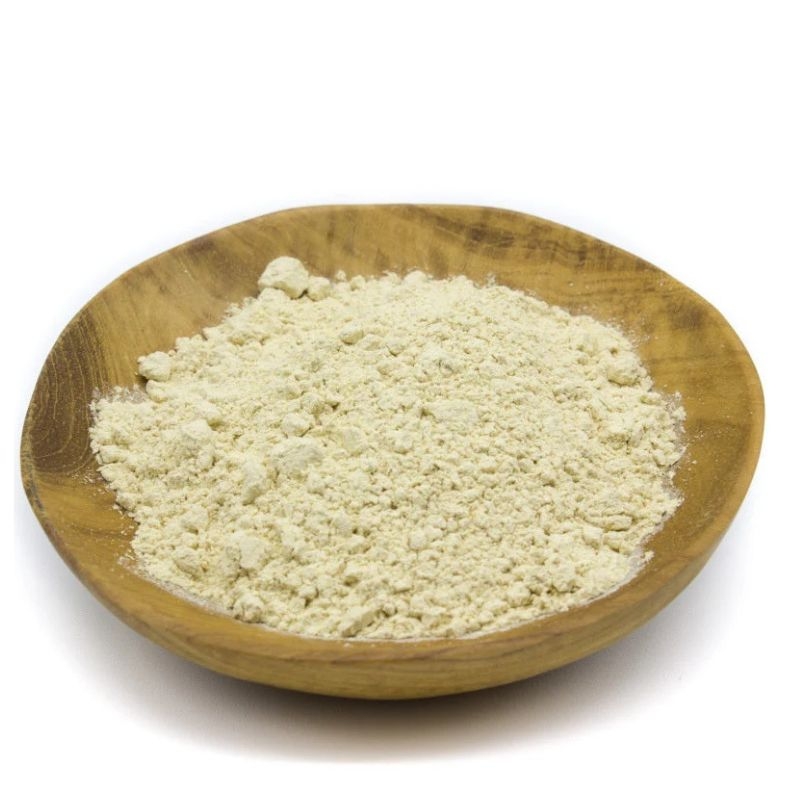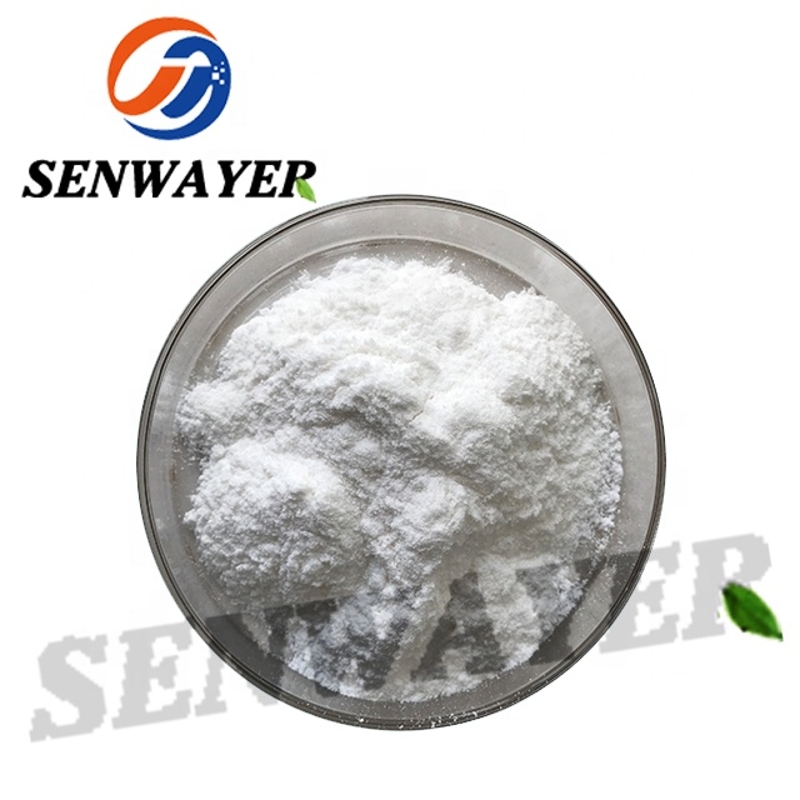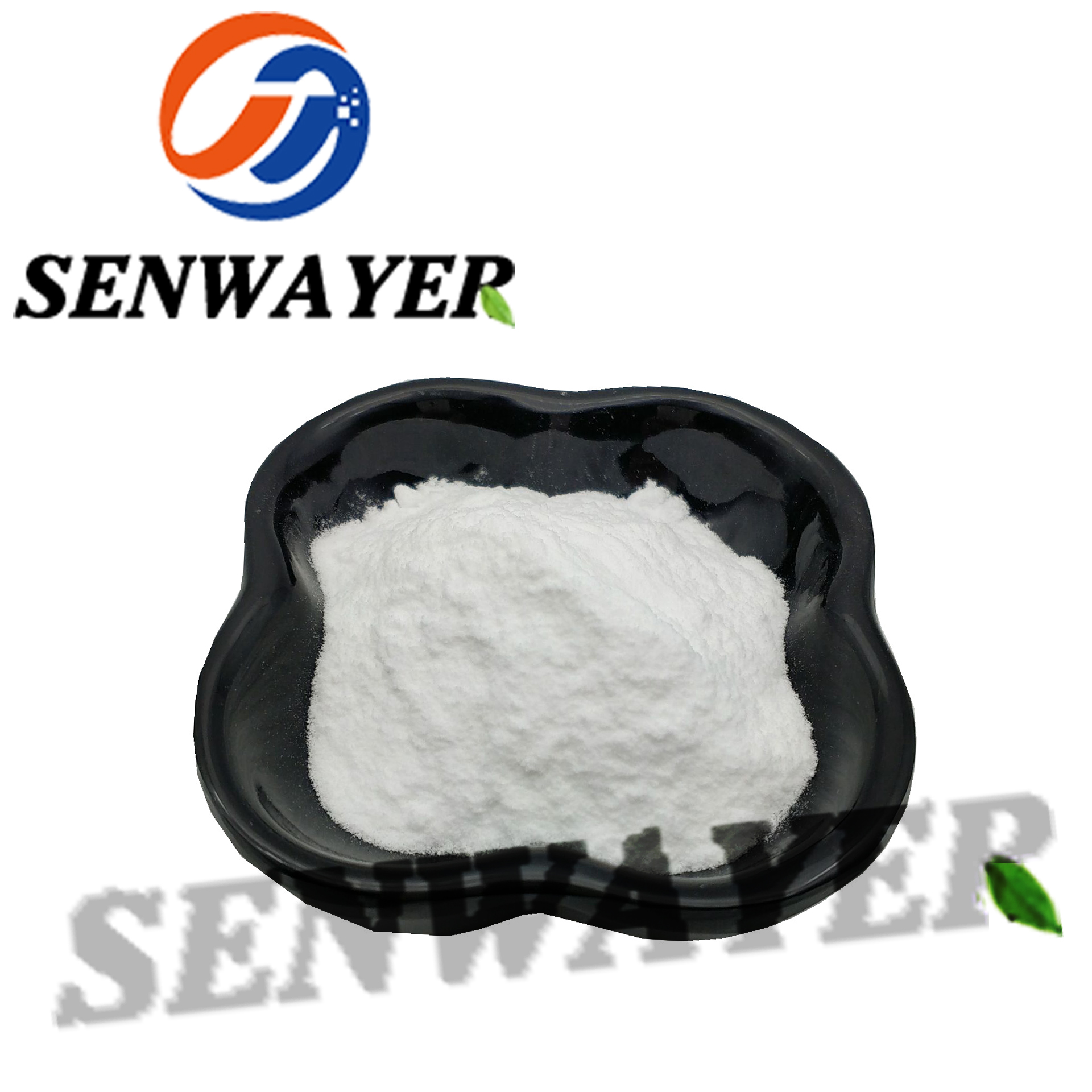-
Categories
-
Pharmaceutical Intermediates
-
Active Pharmaceutical Ingredients
-
Food Additives
- Industrial Coatings
- Agrochemicals
- Dyes and Pigments
- Surfactant
- Flavors and Fragrances
- Chemical Reagents
- Catalyst and Auxiliary
- Natural Products
- Inorganic Chemistry
-
Organic Chemistry
-
Biochemical Engineering
- Analytical Chemistry
-
Cosmetic Ingredient
- Water Treatment Chemical
-
Pharmaceutical Intermediates
Promotion
ECHEMI Mall
Wholesale
Weekly Price
Exhibition
News
-
Trade Service
A study conducted by the University of Paulo (USP) in Brazil, in an article published in the journal Scientific Reports, described that anti-inflammatory drugs that children often take may be associated with tooth enamel defects (DEDs), which currently occur in about 20% of children worldwide
.
The authors looked at the effects of celecoxib and indomethacin, NSAIDs listed by the World Health Organization (WHO) as the first step on the analgesic ladder, alongside paracetamol
.
Dentists at the FORP-USP Enamel Clinic have been researching and dealing with the issue on a daily basis in recent years, and they have seen a sharp rise
in the number of children seeking treatment for pain, white or yellow plaque, and sensitive and fragile teeth.
In some cases, simple chewing can cause your child's teeth to break.
All of these are typical symptoms of DEDs known as low mineralization of tooth enamel, the cause of which is unknown
.
As a result of this disease, tooth decay in the form of caries appears faster and more frequently in these patients, with less adherence to the restoration, and tends to be more prone to failure
.
Studies have shown that they can have their teeth replaced ten times
more often in their lifetime.
One coincidence most aroused the curiosity of researchers: the age of
the patient.
The first few years of a baby's life, the period of formation of DEDs, are a period of frequent illness, often accompanied by a high fever
.
"These disorders are often treated with nonsteroidal anti-inflammatory drugs, which inhibit the activity of cyclooxygenase (COX, a key inflammatory enzyme) and reduce the production of prostaglandins, which also promote inflammation," said
Francisco de Paula-Silva, a professor of pediatrics at FORP-USP and final author of the article.
"However, COX and prostaglandins are known physiological effects on tooth enamel, so we wanted to know if these drugs interfered with the normal formation
of this structure.
"
This study was supported
by FAPESP through three projects (10/17611-4, 14/07125-6 and 21/09272-0).
The researchers used mice to study this problem because the animals' incisors are constantly growing, which facilitates the analysis
.
The rats were treated with celecoxib and indomethacin for 28 days, after which their teeth were barely visible to the naked eye
.
However, when the researchers started extracting teeth, they found that the teeth were more likely to break
.
Analyses based on imaging and chemical composition showed that tooth mineralization had been affected
.
These teeth have lower than normal levels of calcium and phosphate, which are important for the formation of tooth enamel, and the mineral density is also low
.
When the researchers looked for the cause, they found changes in the proteins needed for mineralization and cell differentiation, suggesting that the drug did affect the composition
of tooth enamel.
Next step
"Now, this study at least gives us a clue
to the identity of new players who may be involved in DED's development.
" So far, we know
absolutely nothing.
"Thanks to the efforts of the FORP-USP Enamel Clinic, and in collaboration with Lúcia fcfp-USP Professor Helena Faccioli, we were able to make these important discoveries
.
" She has made a crucial contribution
to our understanding of the role played by lipid mediators associated with inflammatory diseases that affect teeth.
”
The team plans to conduct clinical studies with the aim of confirming the findings
in animal models.
"We're going to analyze the medical history of children with DEDs and their use of these drugs, and we're going to build a clinical study that links the two datasets to see if the same thing happens in
humans.
" If so, we can make recommendations
on which patients should not use which drugs.
We can also help develop appropriate treatment options in the future," Paula-Silva said, comparing the situation to tetracycline, an antibiotic not recommended for children because it causes tooth discoloration
.
Another important issue that needs to be addressed is the abuse of over-the-counter drugs, which appears to be worsening as pediatric care becomes more common, although there is no specific information
on this yet.







